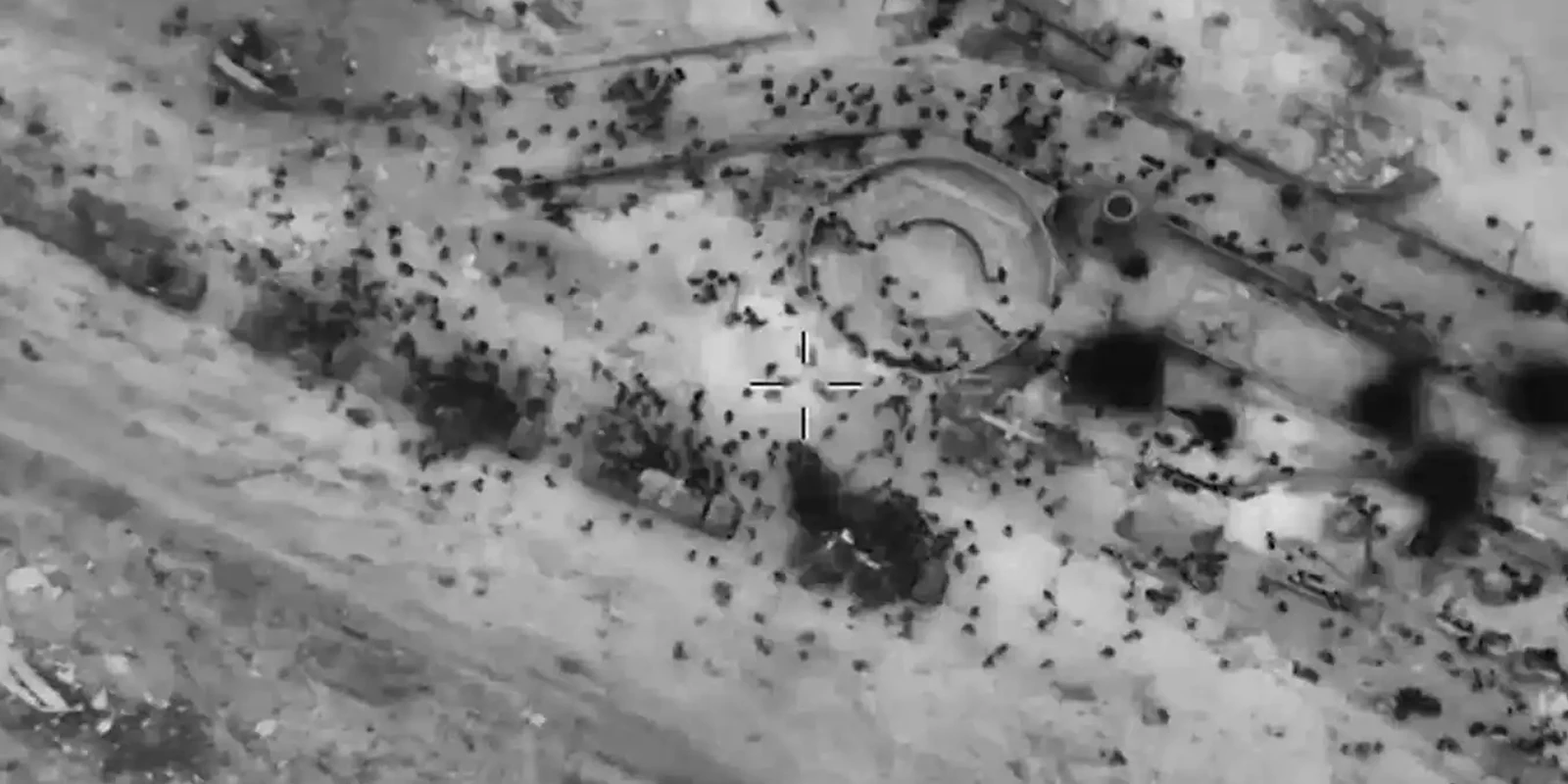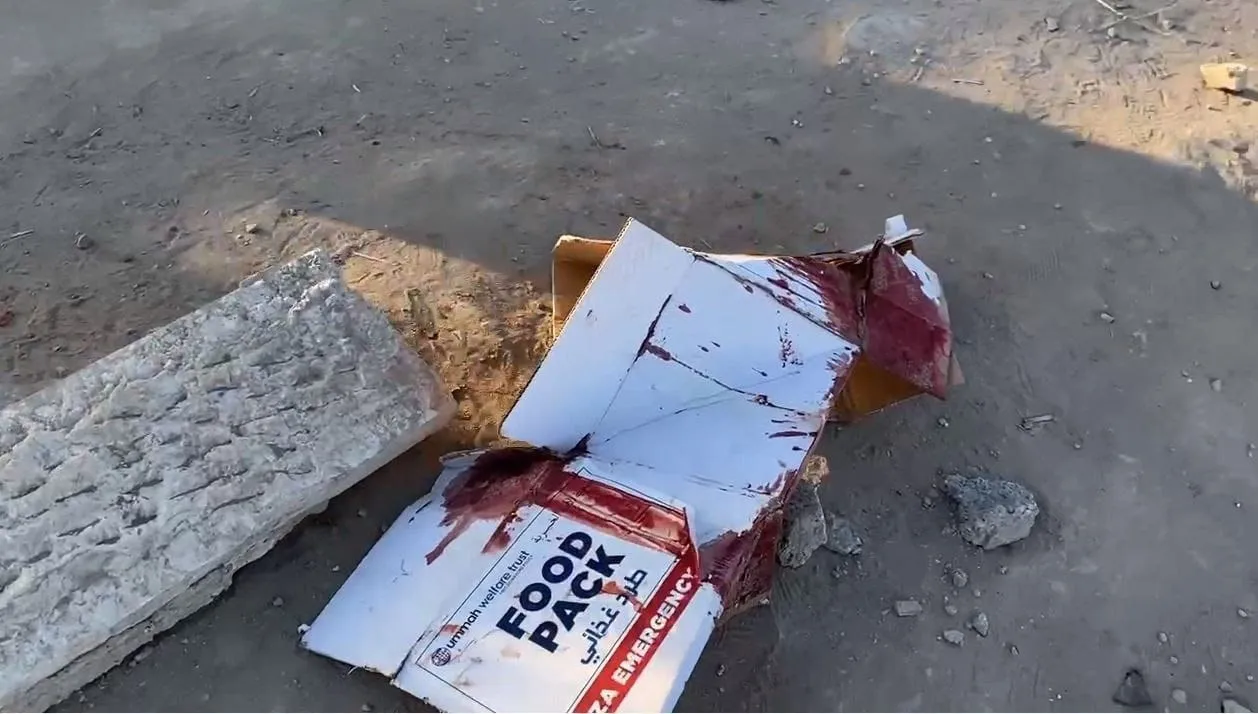· gaza · 3 min read
The Tragic Flour Massacre
A Dark Day in Gaza

The Tragic Flour Massacre: A Dark Day in Gaza
Introduction
On February 29, 2024, the Gaza Strip witnessed one of its darkest days as the “Flour Massacre” unfolded, leaving at least 118 Palestinians dead and over 760 injured. This tragic event has drawn widespread condemnation and highlighted the severe humanitarian crisis in Gaza.
Background
In the weeks leading up to the massacre, Gaza was grappling with severe food shortages. The World Food Programme reported that over half a million Palestinians were at risk of famine. The dire situation led to desperate crowds gathering on Al-Rashid Street in Gaza City, hoping to receive food from aid trucks.
The Incident
On that fateful day, the situation quickly turned tragic when Israeli forces opened fire on the crowd. Eyewitnesses described the chaos and horror:
-
Mahmoud Awadeyah, a journalist at the scene, recounted:
“There was a large number of people looking for something to eat and a bag of flour.” -
Jihad Abu Watfa, a 27-year-old Palestinian, recorded the chaos on his phone:
“We are now under siege, a tank is beside us and it’s shelling.” -
Another eyewitness recalled:
“The blood was everywhere. Thousands tried to flee the scene, their faces and clothing covered in blood, many carrying the dead bodies of their friends.” -
Muhammad Awad, a doctor, was shot after being released by Israeli soldiers:
“After he moved several steps away, they opened fire on him and wounded him in the shoulder… The food and flour were covered in blood when I left.”
Aftermath
The massacre drew widespread condemnation from international organisations and human rights groups. UN experts described it as a “massacre” amid conditions of inevitable starvation and destruction of the local food production system in Gaza. France called for an independent inquiry into the killings, and various human rights groups highlighted the need for immediate international intervention.

Bloodied food parcel abandoned after the massacre.
Ongoing Efforts to Address Food Shortages
Despite the challenges, several organisations are working tirelessly to address the food shortages in Gaza:
-
Action Against Hunger:
Active in Gaza since 2005, they distribute food, water, hygiene kits, and other necessities. They also provide hot food in hospitals, especially for breastfeeding or pregnant women and their children. -
World Food Programme (WFP):
They deliver food parcels and wheat flour to families through UNRWA shelters and cooperating partners. -
Collaborations with the Ministry of Agriculture:
Efforts are being made to address the challenges posed by widespread contamination of agricultural lands to ensure food safety. -
Humanitarian Aid Deliveries:
Aid organisations are working to bring humanitarian aid into Gaza, despite significant obstacles.
How You Can Help
Individuals and organisations can contribute to relief efforts in several ways:
-
Monetary Donations:
Donate to reputable organisations like Action Against Hunger, WFP, Doctors Without Borders (MSF), and UNRWA. -
Goods and Supplies:
Donate non-perishable food, medical supplies, hygiene kits, and clothing. -
Fundraising and Awareness:
Organise fundraisers, use social media to raise awareness, and encourage others to donate or get involved. -
Advocacy:
Contact local government representatives to advocate for increased humanitarian aid and support for Gaza. -
Volunteering:
Volunteer with organisations active in Gaza if you have the means and opportunity.
For more ideas, please review our detailed action plan.
Conclusion
The Flour Massacre serves as a stark reminder of the ongoing humanitarian crisis in Gaza. It underscores the urgent need for a peaceful resolution to the conflict and greater international support for those affected. By contributing in various ways, we can help provide much-needed relief and support to the people of Gaza.
